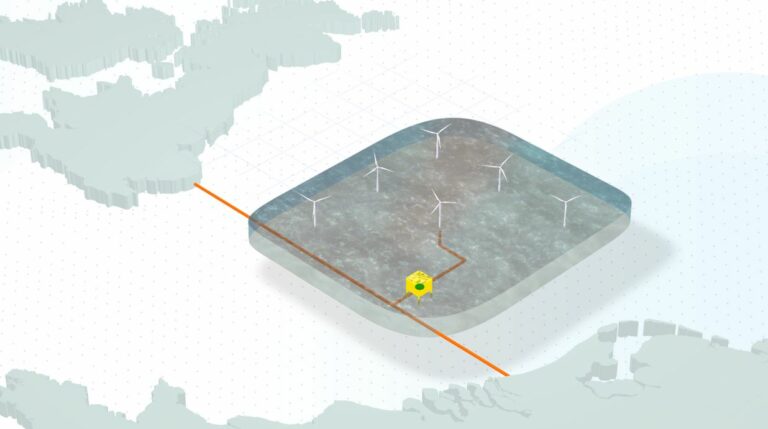
The project is being developed by the Dutch electricity network operator TenneT and its UK project partner National Grid Ventures.
The development would be the first of its kind for the UK and the Netherlands, and the first step towards an integrated North Sea grid, said TenneT.
“LionLink provides close to 2 gigawatts of electricity to both countries, enough to power 2 million households. This new connection further boosts energy security and energy independence in Europe. Close collaboration on offshore wind energy and interconnection amongst the North Sea countries is imperative. So in case there is a surplus of wind generated electricity, it can be shared instantly to locations with a shortage of power, and vice versa“, said the Dutch Minister Rob Jetten, Climate & Energy.
Manon van Beek, CEO of TenneT said that offshore hubs configured in a meshed direct current (DC) grid must form the backbone of the North Sea powerhouse.
“This is a view that is increasingly shared, and for us, it is more than a vision of the future“.
TenneT recently revealed its new approach for the electricity grid for 2045 where the company proposes a network of DC superhighways and energy hubs, the DC grid (electricity superhighways), and an improved existing alternating current (AC) grid.
The EU and the UK have an ambitious combined target for offshore wind of about 120 GW by 2030 in the North Sea.
The Netherlands plans to establish about 21 GW of offshore wind around 2030 and last year, the Dutch government set a target for 70 GW of offshore wind energy by 2050, based on the assumption that 50 GW could be installed by 2040.
The United Kingdom aims to establish up to 50 GW of offshore wind by 2030. In September 2022, the country announced it will speed up planning and development consent processes for projects from the recently completed, currently ongoing, and upcoming (floating) offshore wind leasing rounds to bring new energy capacity online faster and facilitate economic growth and job creation.
“Connecting wind farms to multiple markets simultaneously is a game changer for energy infrastructure and brings us one step closer to realising the enormous green energy potential of the North Sea“, said Ben Wilson, President of National Grid Ventures.
“Not only can we deploy every spare electron where it is needed most, we can help to reduce the impact of infrastructure on coastal communities. We now need the right political, legal and regulatory framework to make it happen and establish a mutually beneficial North Sea grid to deliver a cleaner, fairer, more secure and more affordable energy future for British and European consumers.”